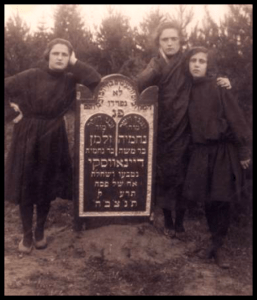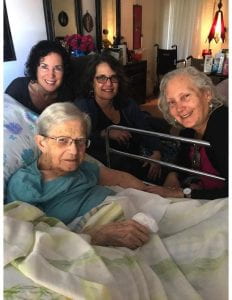Juan Pablo Blanco
TCCS Student ’19

I remember walking down Falls Road in Belfast, Ireland in the spring of 2015. I was still dumbfounded by the sight of the “peace lines”, the harrowing barbed wired steel walls that separate predominantly republican neighborhoods from loyalist neighborhoods.
However, as I walked through what is referred to as the international wall just a few blocks over, my mood changed and I could not help but feel empowered by the messages of solidarity and strength that these murals proclaimed. From Palestine solidarity messages, support for the self determination of Catalunya and the Basque Country, to the image of a smiling Leonard Peltier, one can see that the message was that Irish liberation could not happen without it also working for the liberation of all oppressed peoples.
This was my first trip outside of the U.S. since I had migrated 16 years prior due to my undocumented immigration status. Back then, as someone who was just starting to get involved with organizing and activism, I could not help but think why there didn’t seem to be any transnational movement like this uniting undocumented peoples around the world.
I am originally from Argentina, a country that as of 2010 had 1.5 million undocumented people living within its borders (statistic from the Council on Hemispheric Affairs), and I have seen the racist and xenophobic narratives on immigration that are prevalent among many Argentinians being carried to the U.S. as people migrated even when many of them become undocumented themselves.

This false consciousness makes people think that their experiences are somehow categorically different from that of other irregular migrants throughout the world. What could a transnational movement of and for undocumented peoples and people with precarious migratory statuses do that these movements alone cannot?
What could a transnational movement of and for undocumented peoples and people with precarious migratory statuses do that these movements alone cannot?
I don’t have a definite answer to that question yet. However, as globalization has internationalized the economic systems that often become catalysts for migration patterns, why shouldn’t an international problem be faced with a transnational solution?
This does not mean that local groups will stop working on their particular campaigns, since after all the socio-political paradigms of the states they reside in will dictate what will work and not work for them. What it means is that this local work can continue to happen and a space where perspectives could be shared, tools and strategies worked out, and solidarity and cooperation be fostered can be created to make each local movement more powerful and revolutionary. We only need to pay attention to other movements that have become transnational in scope and how that has affected the kind of work they are able to do.
The Indigenous peoples struggle can be a very salient example. As Guillermo Delgado, human rights activist and anthropologist at UC Santa Cruz, writes: “ …a cross-border indigenous movement in the Americas needs to be seen as an intellectual space that allows for the ample circulation of proposals, including the need to press for dialogue on policies—especially those sponsored by the international financial institutions—that directly affect indigenous peoples.” Bodies like the World Council of Indigenous Peoples, or the Indigenous Peoples’ Network, have shown that solidarity and cooperation have not only been able to achieve changes in international law, but more importantly have allowed Indigenous people to put pressure on states in a more profound way than they would have solely from within that state’s borders.

Photo credit: Comité Solidaridad con Kurdistan – La Plata 2016.
I was lucky enough to be invited to a panel at the University of Toronto on Canadian undocumented youth and access to education. The panel, “Reality of Shadows: The Reality of Undocumented Youth,” brought together students, activists, an immigration lawyer, a sociology professor at the university and the co-founder of a Toronto refugee center.
This was an incredible opportunity to not only get myself acquainted with the barriers undocumented migrants are facing in Canada but also see the ways people are mobilizing and organizing against these same barriers.
For example, undocumented students in Canada, even if they graduate from a Canadian high school, have little chance of being able to enroll in a college or university. In response to this, FCJ Refugee Center has created a pilot program called Access to Education at York University in Toronto giving access to 10 undocumented students without having to apply as an international student, the first of its kind.
This is incredible work that is happening across our northern border where undocumented people as a whole are not part of the national conversation as they are in the U.S. A way for activists and organizers in the U.S. to learn from the work that is being done in Canada needs to be created because the mainstream media is not paying attention to this issue.
A lot can be learned by activists and organizers in the U.S. from what is happening in Canada, and vice versa. This struggle needs to go beyond the borders that deem us undocumented in the first place, and bring together the incredible mobilizing that is already happening all across the world. The big question for me at the moment is how exactly this can begin.














You must be logged in to post a comment.